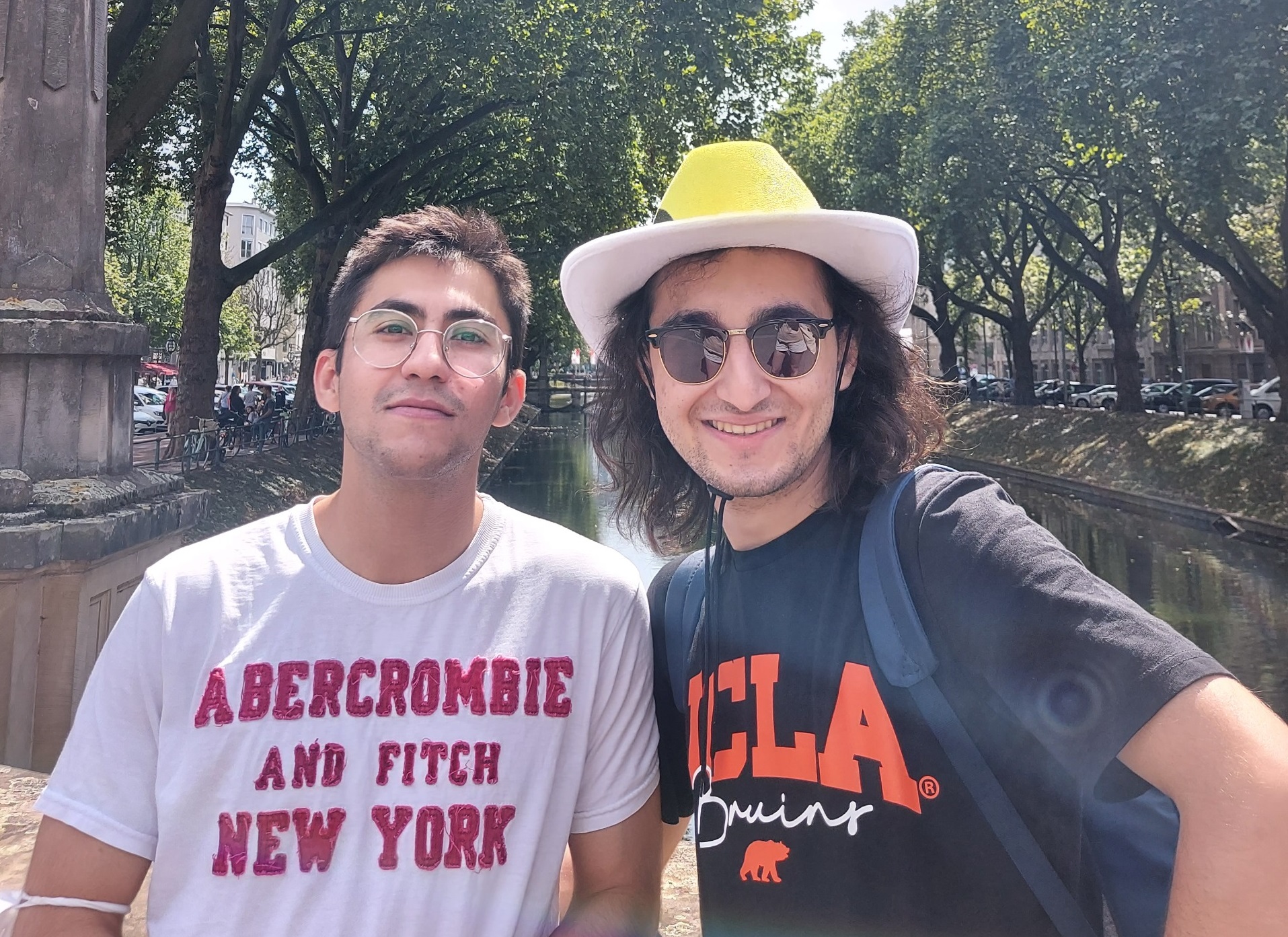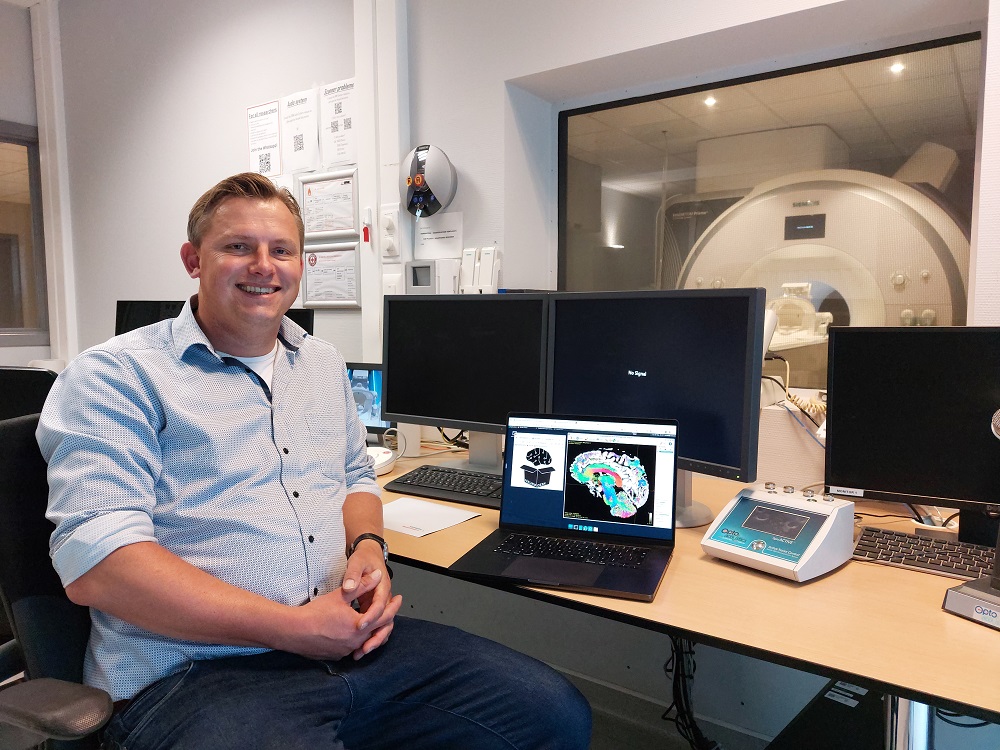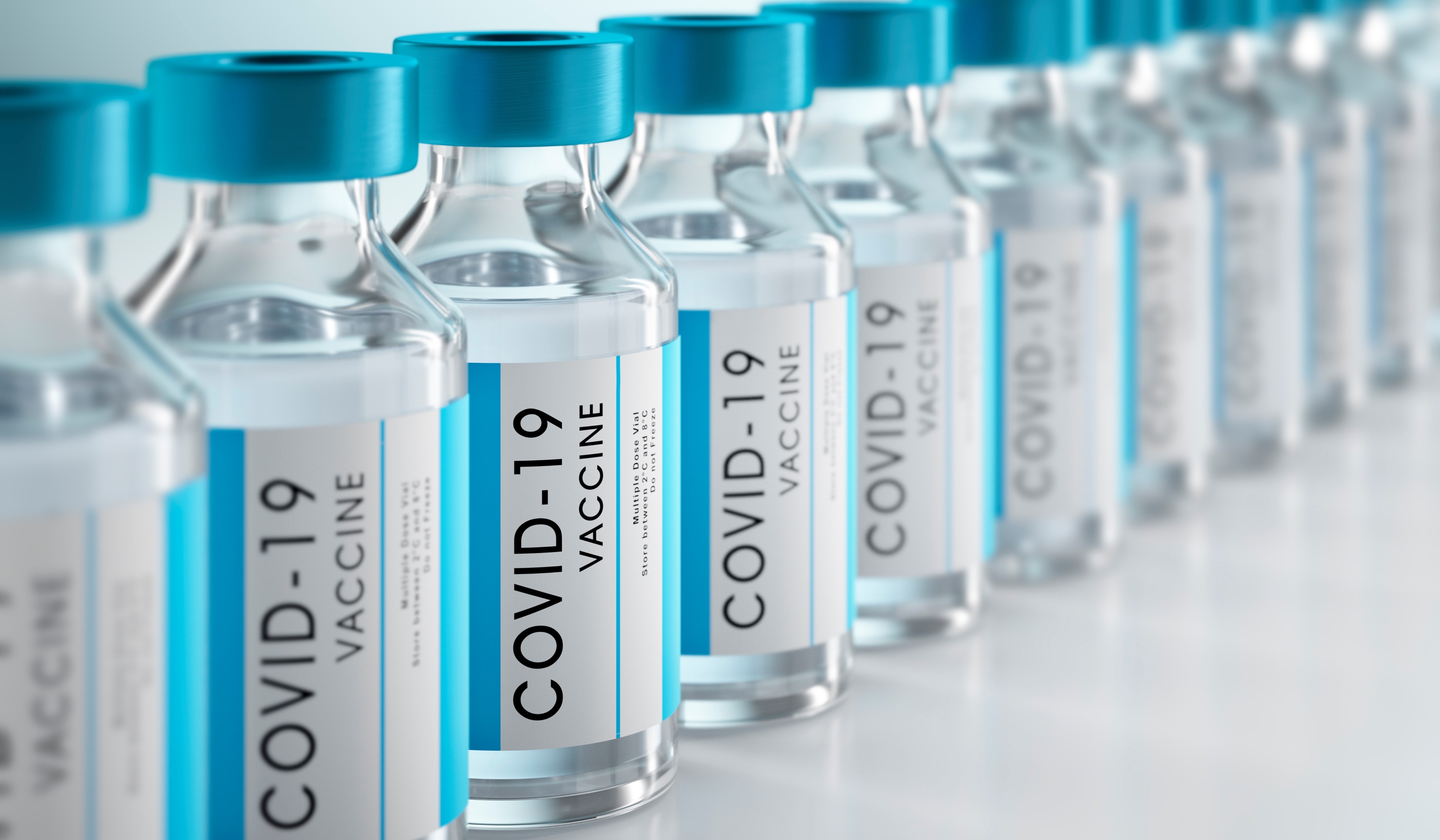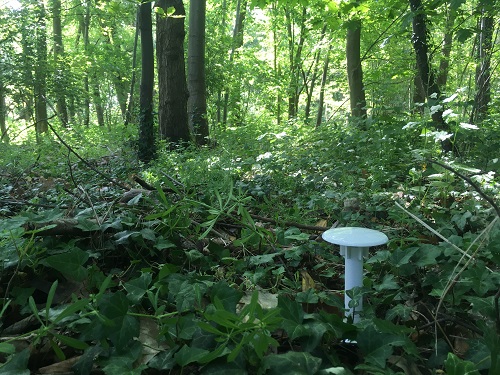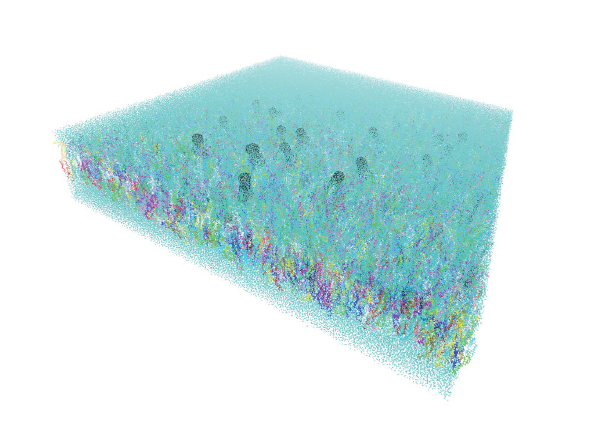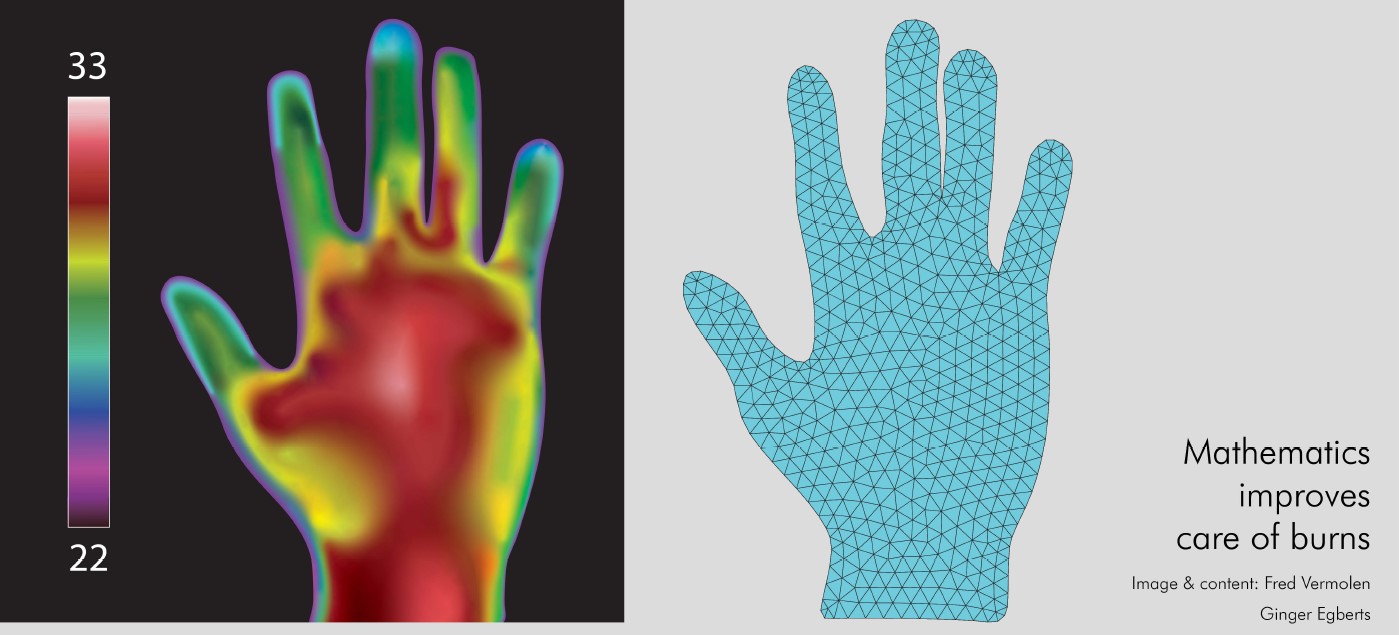From Coarse to Crisp: Increasing the Horizontal Resolution of Global Ocean and Sea Ice Simulations

Climate models help scientists understand how Earth’s climate behaves and evolves—but many still lack the resolution to capture fine-scale ocean and sea ice processes. Dr. Antoine Barthélemy and his team at UCLouvain are closing that gap. With the power of LUMI, one of the world’s fastest supercomputers, they’re running high-resolution simulations using 4,480 cores in parallel—reducing decades of computation to just 45 days.
